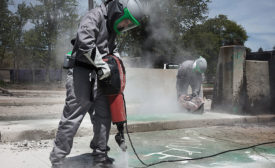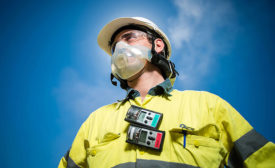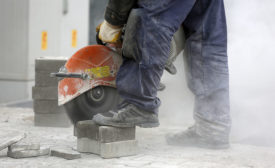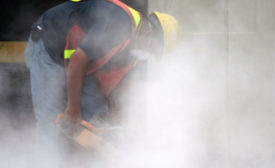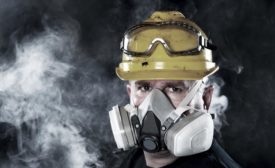Home » Keywords: » OSHA silica standard
Items Tagged with 'OSHA silica standard'
ARTICLES
Here are 3 actions to plan for exposure protection
Silica dust’s invisible risks
September 20, 2018
Current trends in respiratory protection
Silica & opioid exposures; technology advances
September 12, 2018
Become a Leader in Safety Culture
Build your knowledge with ISHN, covering key safety, health and industrial hygiene news, products, and trends.
JOIN TODAYCopyright ©2025. All Rights Reserved BNP Media.
Design, CMS, Hosting & Web Development :: ePublishing

